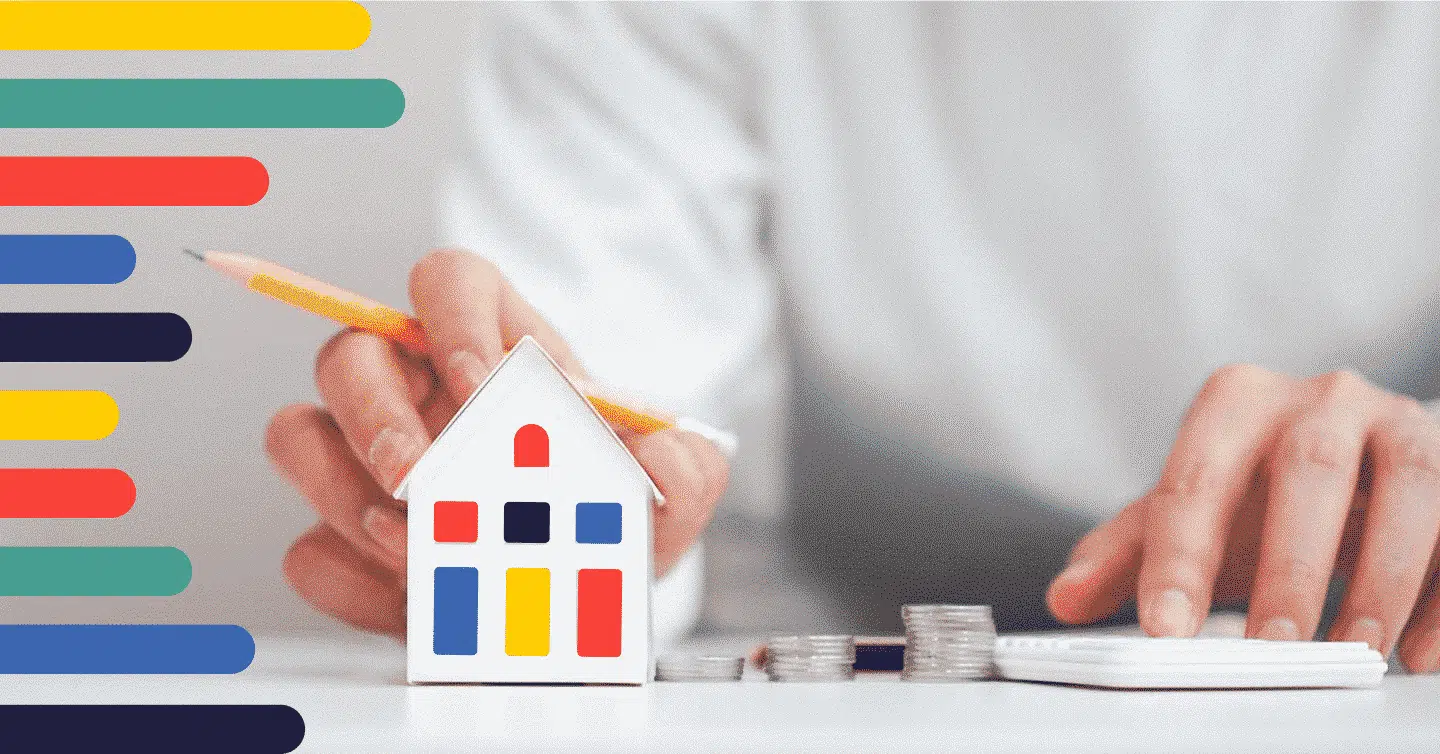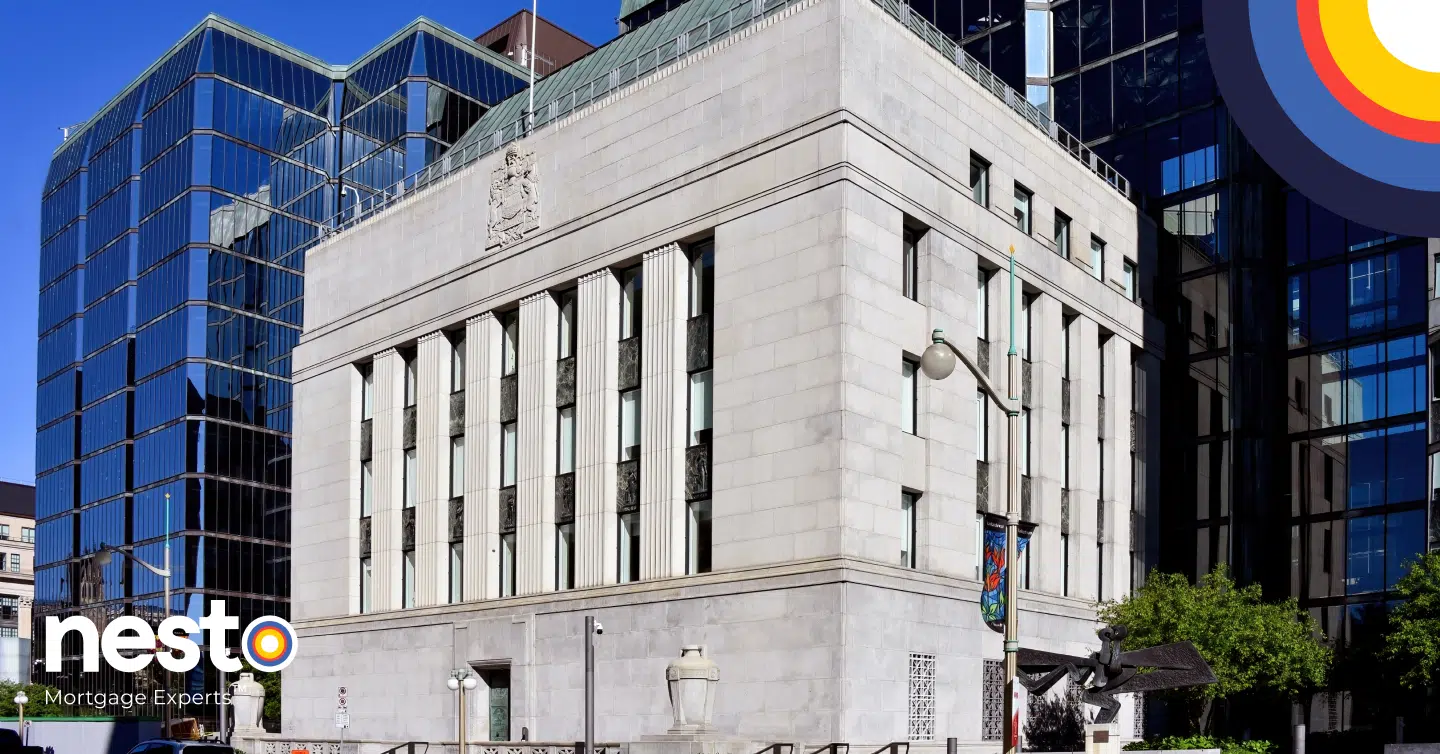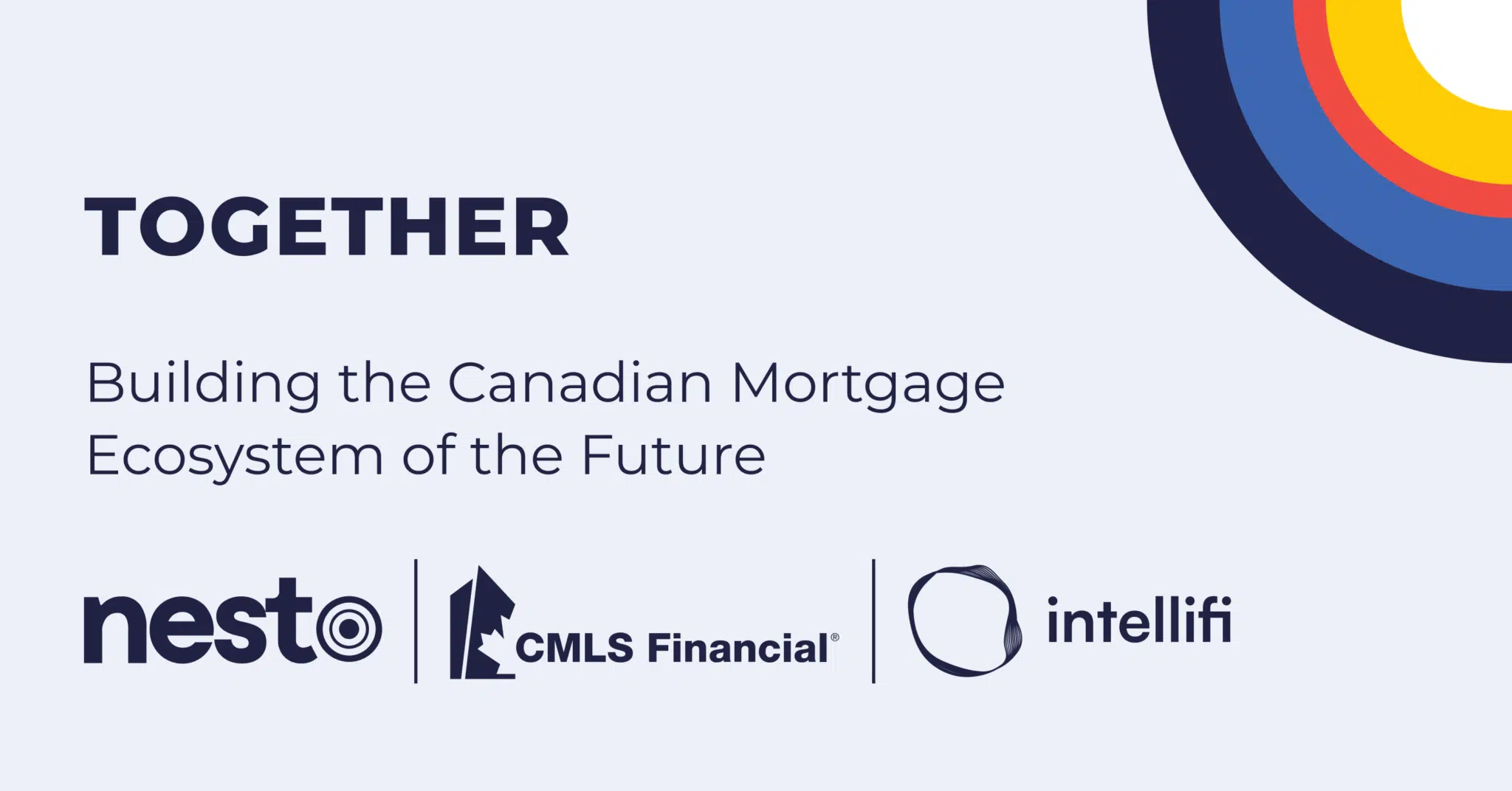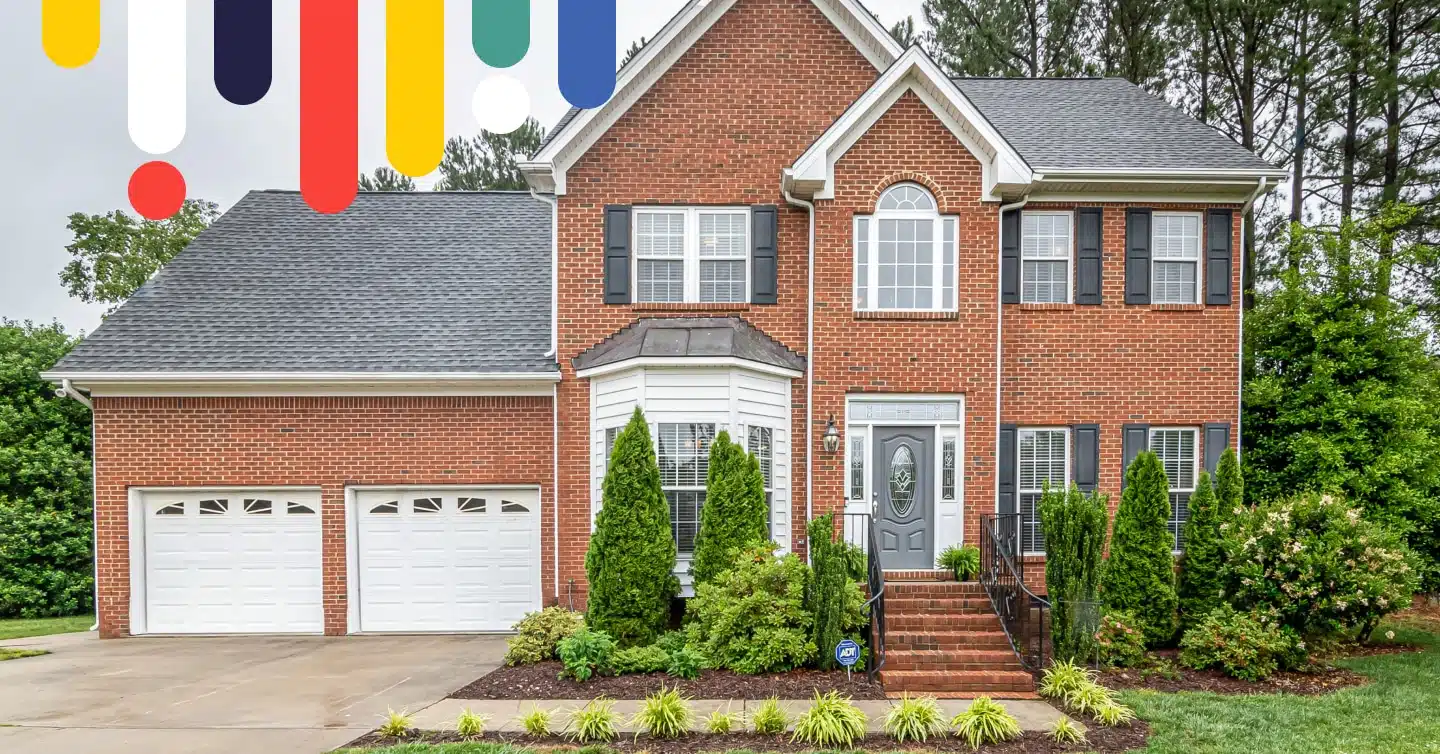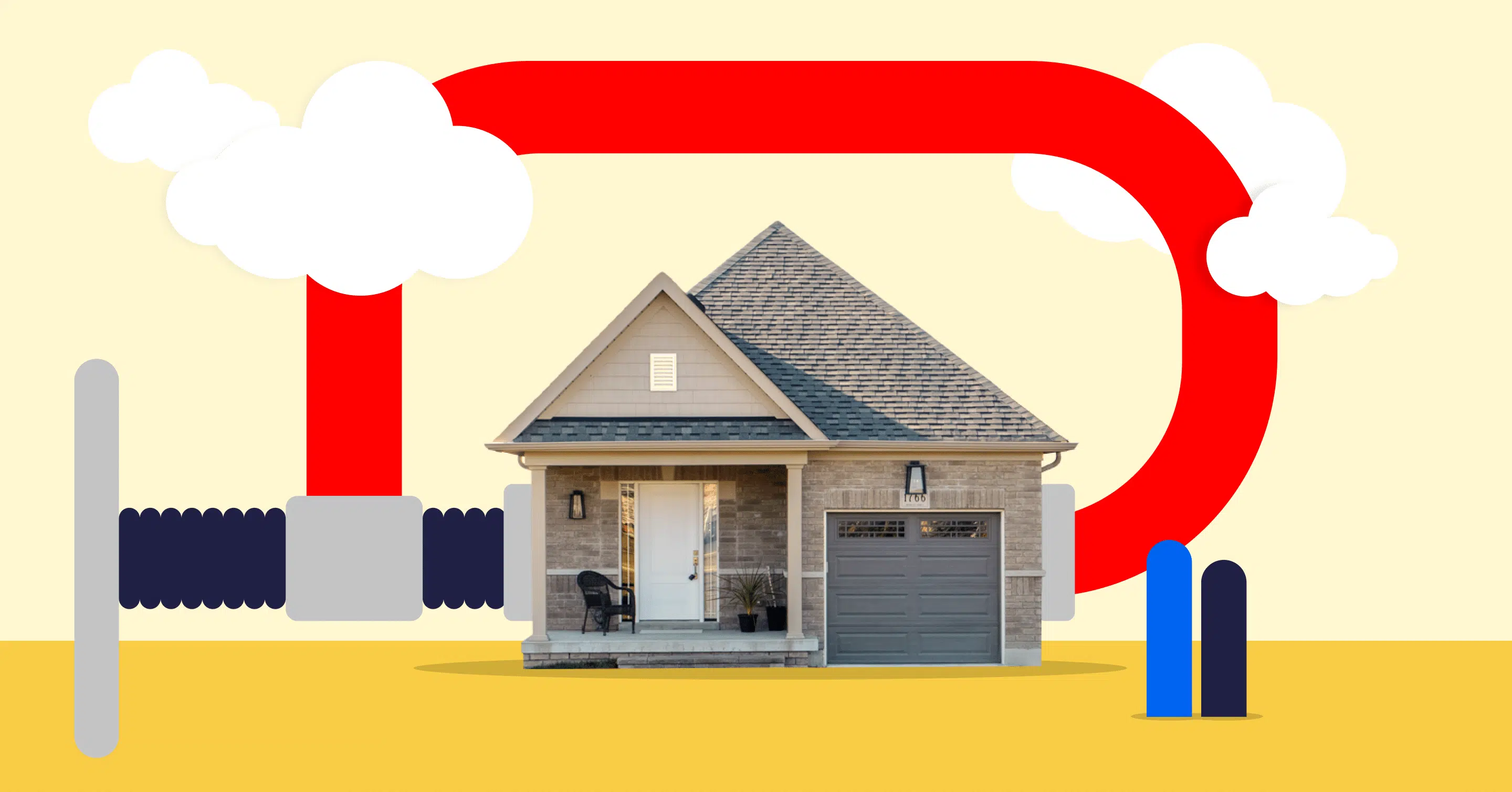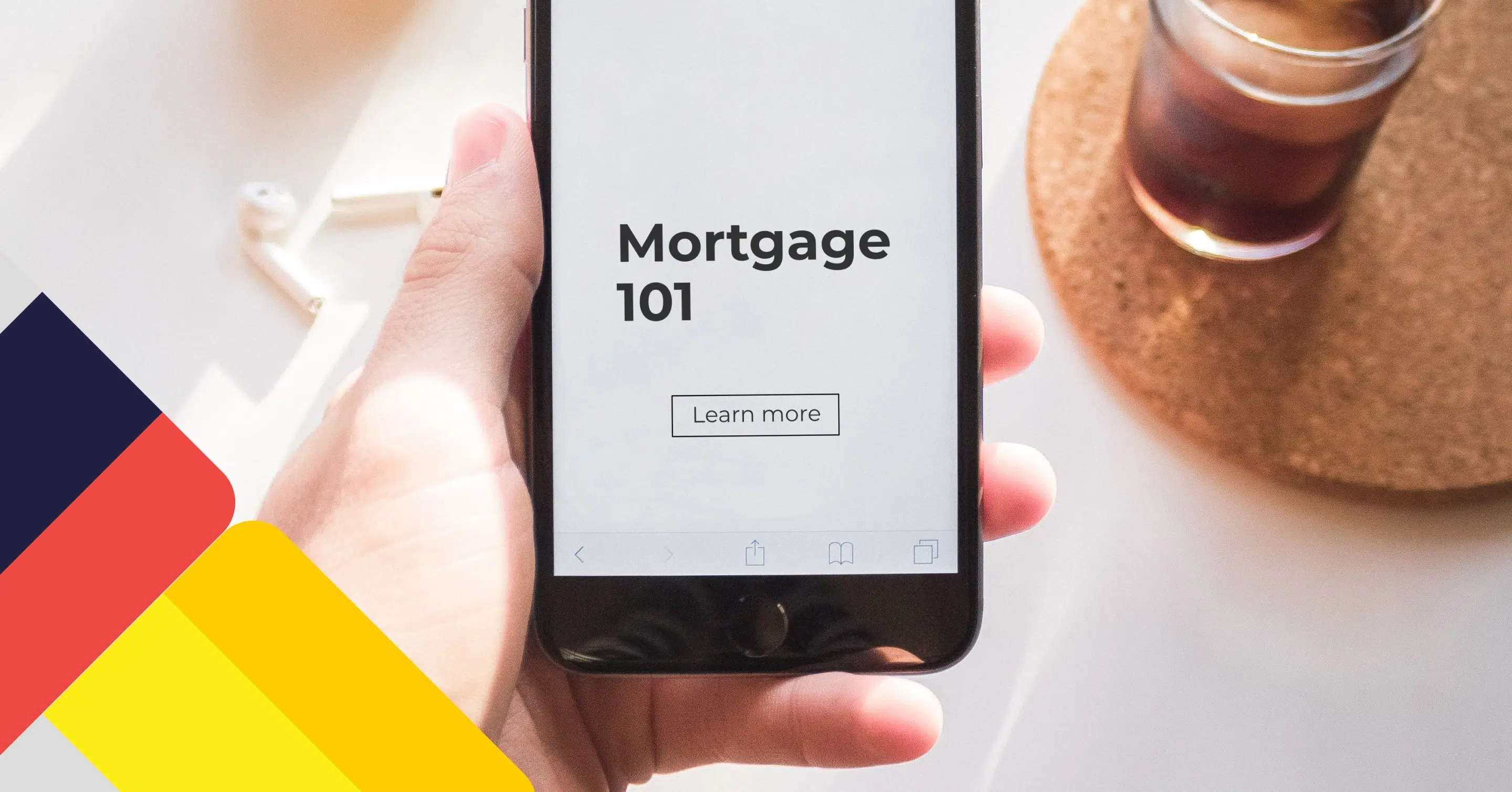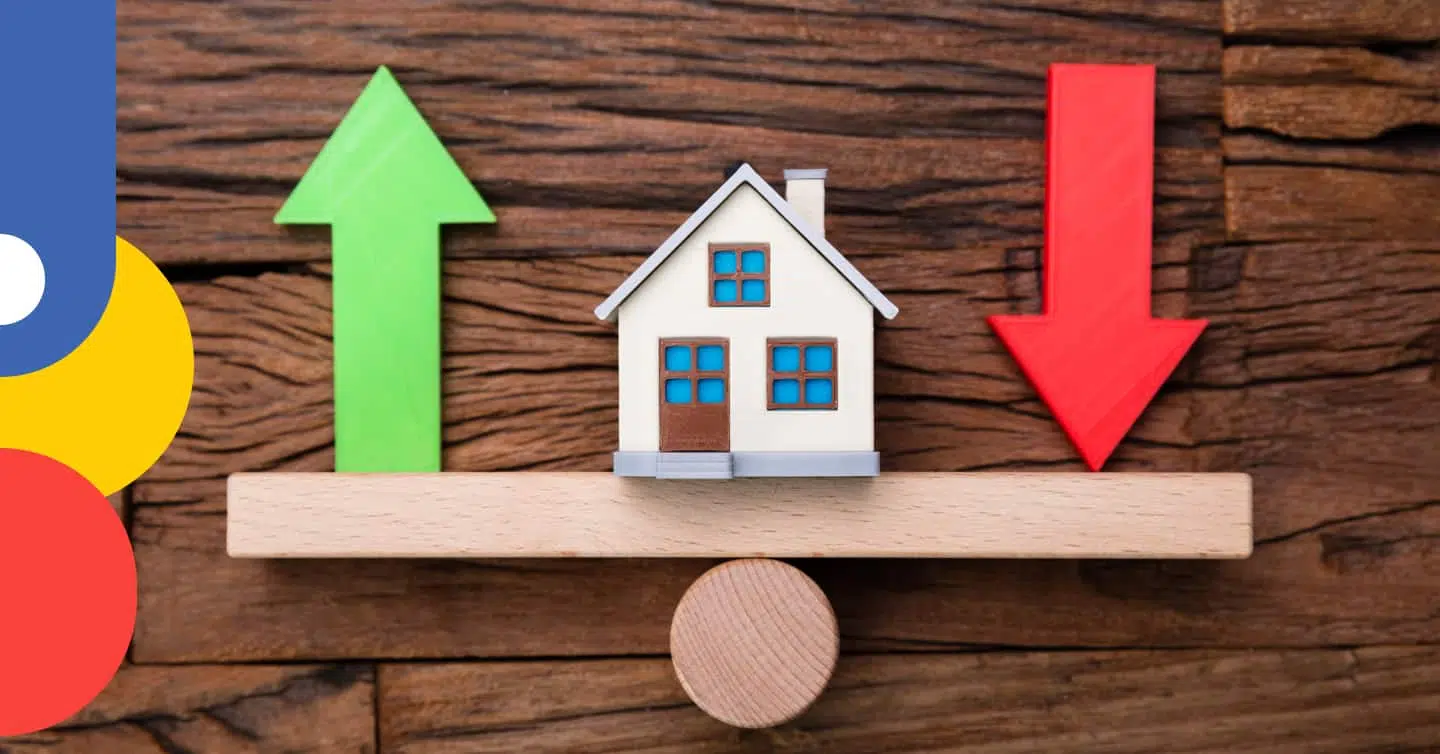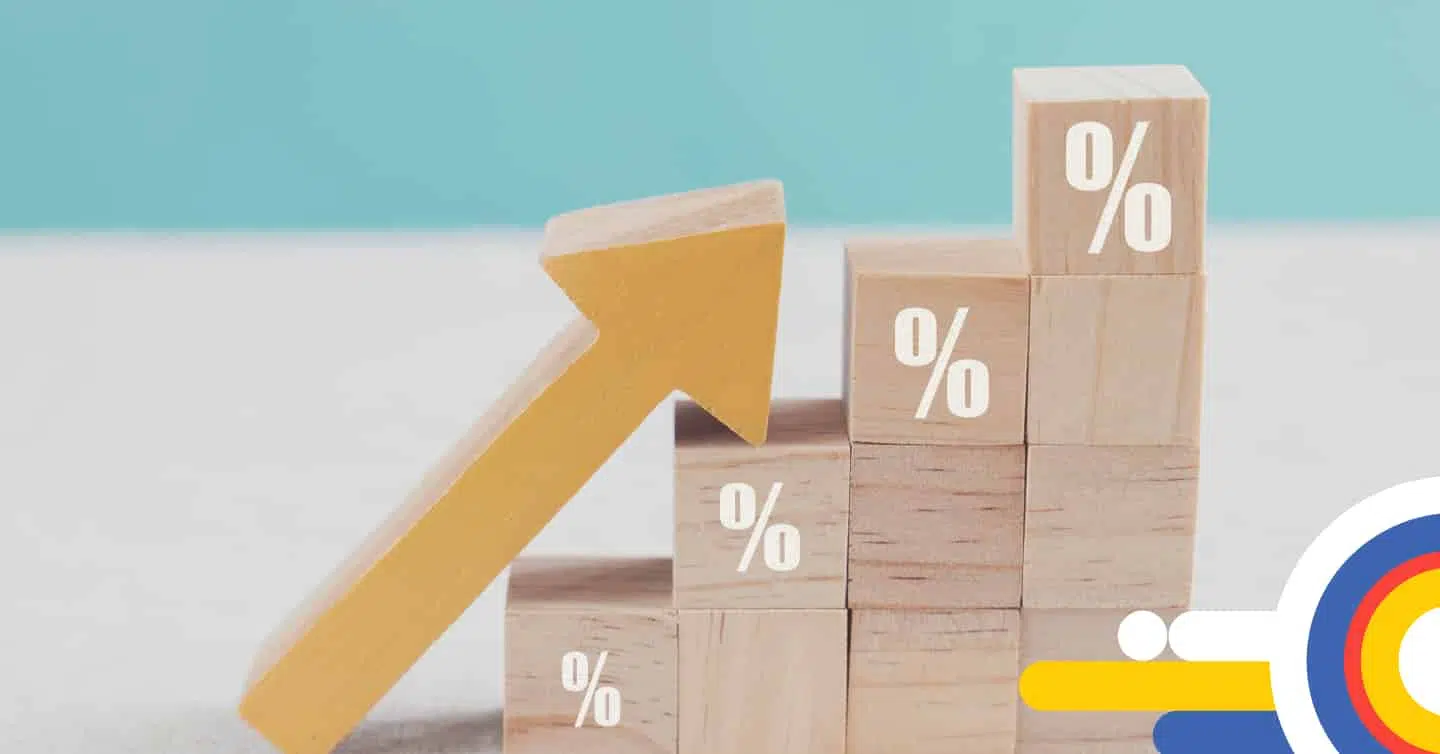Second Mortgage in Canada: What It Is and How It Works
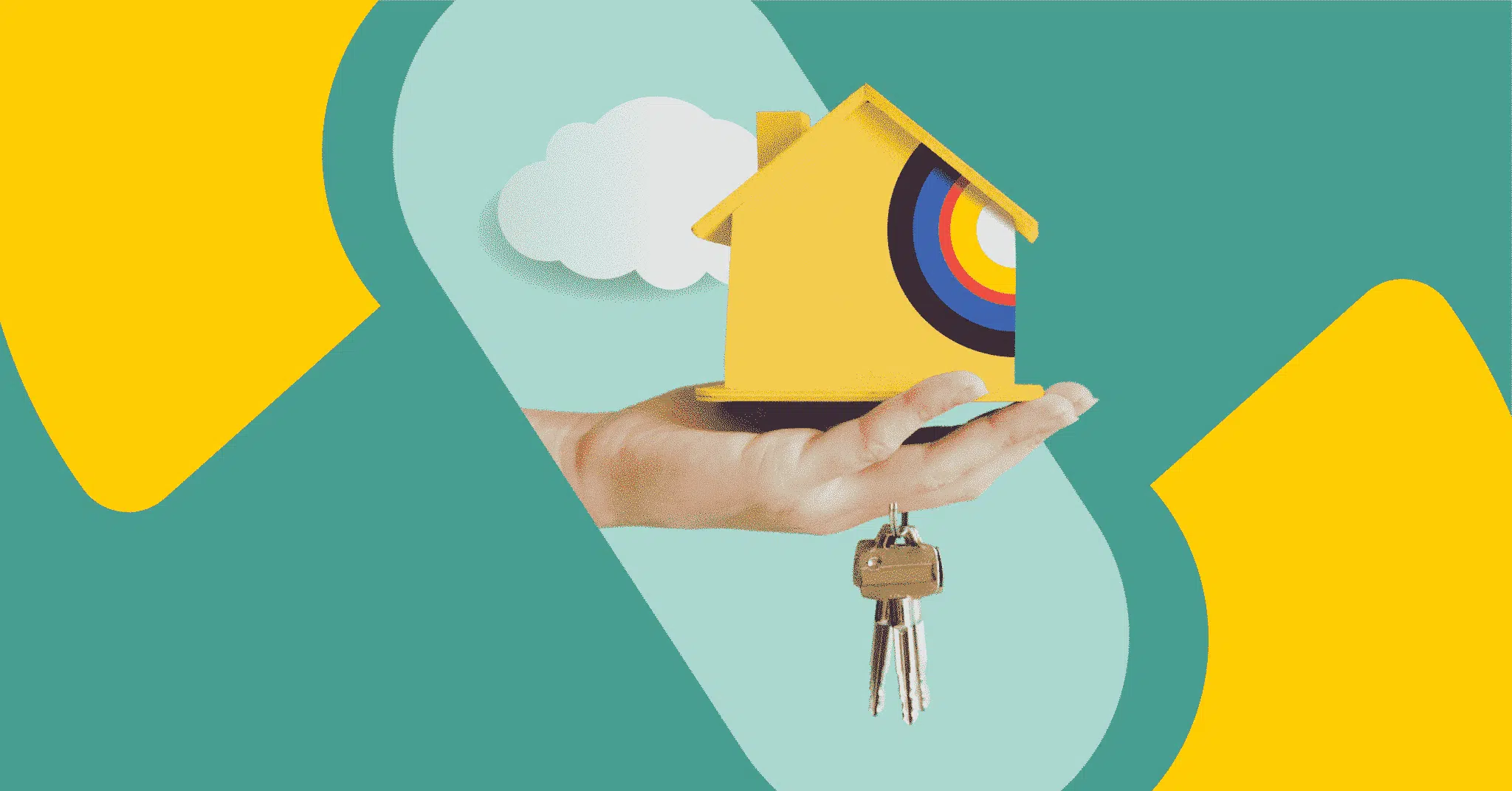
Table of contents
When it comes to borrowing against the equity in your home, a second mortgage can be a valuable way to leverage what is likely your largest financial asset. Whether you’re looking to make home improvements, consolidate debt, or invest in another property, understanding the financial implications of higher second mortgage rates will help you weigh your options when considering which second mortgage rates are suitable for you.
This post will help you understand everything you need to know about obtaining a second mortgage in Canada. We’ll cover what a second mortgage is, how it works, and how to get one. We’ll also examine what you need to qualify and how much you can borrow.
Key Takeaways
- A second mortgage allows you to borrow against the equity in your home, providing access to additional funds.
- Second mortgage rates are typically higher than rates for first mortgages, but they can still be more affordable than unsecured lending or other forms of credit facilities.
- A second mortgage can be a HELOC, a term loan (a shorter or smaller mortgage), or a home equity loan offered through prime, subprime, or private lending.
What Is a Second Mortgage?
A second mortgage is when you take out a second loan on an already mortgaged property, allowing you to borrow against the equity built up behind your first mortgage. It is called a “second” mortgage because it falls behind the original mortgage (first position). If a borrower defaults on their mortgage payments, the first mortgage lender has priority in recovering their funds.
These types of mortgages can be set up as a home equity line of credit (HELOC) or a home equity loan (secured term loan). Borrowing amounts are typically lower than your first mortgage, and interest rates are higher to compensate the lender for the risk associated with the mortgage being in second position.
Often, second mortgages are used to consolidate debts, pay for major purchases such as home improvements, or for investment purposes, like a down payment on a second property. These mortgage types are best suited for goals with a shorter timeline, so they are paid off before your first mortgage comes up for renewal.
Note: Before you decide to arrange a second mortgage, you’ll need authorization from your first mortgage lender, as there may be a clause on your mortgage contract to protect your lender’s interest in these situations.
Types of Second Mortgages: HELOC vs. Home Equity Loan
If you already have a mortgage with 20% or more equity and good credit, you may be able to tap into your home equity with a home equity line of credit (HELOC) for a secondary mortgage. A HELOC is a revolving line of credit that allows you to borrow money when you need it up to a specified limit.
Most major banks will offer a HELOC to those who are approved. With a HELOC, you can access and repay the borrowed funds, similar to a credit card or line of credit. A home equity loan is secured against your property, which is held as collateral. It is paid out in a lump sum amount that you are required to pay back in monthly installments, just like your first mortgage.
This type of loan is easier to qualify for for those with lower credit scores or insufficient property equity. These loans are also suitable for borrowers seeking shorter-term solutions that require less capital and offer shorter amortizations (as low as 60 or 84 months) and minimums (as low as $1,000 or $5,000). Private and other subprime lenders typically offer these loans at much higher rates than HELOCs.
| HELOC | Home Equity Loan |
|---|---|
| Best with prime lending | Best with subprime or private lending |
| Revolving (can borrow and reuse any amount up to the limit at any time) | It may require a higher minimum limit, usually as low as $10,000 |
| It won’t affect your credit rating unless multiple payments go into arrears, requiring the issuer to report the delinquency on your credit file. | May require a higher minimum limit, usually as low as $10,000 |
| May require a higher minimum limit – usually as low as $10,000 | Comes in lower limits – usually as low as $1,000 |
| Lower interest rates | Higher interest rates |
| Maximum 65% loan-to-value (up to 80% when combined with a mortgage) | Maximum combined 95% LTV (depending on lender’s guidelines) |
| A credit score of 680 or above is required | Lenders may work with bad/lower credit scores |
| No penalty repayment | May have an early prepayment penalty |
| Doesn’t need to be discharged/renegotiated when paid in full | Discharged once paid in full – will need to renegotiate if you want to access again |
HELOC (Home Equity Line of Credit)
A home equity line of credit (HELOC) is a revolving loan allowing homeowners to borrow money against their home’s equity. With a HELOC, borrowers can access funds up to the predetermined credit limit as needed. The interest rate is typically variable, meaning it fluctuates based on market conditions and is generally higher than the rate on the first mortgage.
When you have a HELOC registered against your home separately from your mortgage, the HELOC will be considered a second mortgage. You would always need to make separate payments on each credit facility. In this case, your mortgage and your HELOC.
Some banks or leaders will offer a HELOC as part of a readvanceable mortgage. This type of mortgage combines a HELOC with your existing mortgage. The credit limit on your HELOC would automatically increase as you make payments on your mortgage. A readvanceable mortgage is more commonly known as a collateral charge mortgage.
Maximum loan size for a HELOC
With a HELOC, you can borrow up to 65% of the value of your home to a combined total of 80% with your mortgage. The amount you can borrow for a second mortgage will depend on the equity you have in your home.
Example calculation for a HELOC loan:
If you have a home valued at $500,000 and a remaining mortgage balance of $300,000, you can borrow up to 80% of your home’s value. If the mortgage is fully paid off, you can take up to $400,000 equity out of your home.
$500,000 x 80% = $400,000
In this scenario, since you still have a mortgage remaining on the home, you can only access up to $100,000 of your home’s equity as a revolving credit today.
$400,000 – $300,000 = $100,000
Note: With a HELOC, you cannot exceed 65% LTV on the revolving credit portion; you can only ever borrow up to a maximum of $325,000 as revolving credit, even if the mortgage was fully paid off. To utilize the full 80% LTV, the remaining 15%, or $75,000, would need to be set up as a mortgage or a secured term loan.
$500,000 x 65% = $325,000
$500,000 x 15% = $75,000
$325,000 + $75,000 = $400,000 or 80% LTV
Home Equity Loan
These loans provide borrowers with a lump sum amount repaid over a fixed term. Unlike a HELOC, which allows for ongoing borrowing, a home equity loan is a one-time loan. The interest rate on the loan can be fixed or variable, meaning it remains the same throughout the term or fluctuates with the lender’s prime rate.
Maximum loan size for a Home Equity Loan
Loans with private or subprime lenders may allow you to access up to 95% of your home’s equity. However, the lender will determine the amount of equity you can access, which may vary depending on the lender’s criteria. As with a HELOC, the amount you can borrow for a second mortgage will also depend on the equity in your home.
Note: If your home equity loan is with a prime lender, you will be limited to an 80% loan-to-value (LTV) ratio.
Example calculation for a Home Equity Loan:
A private lender that allows you to access up to 95% of your home’s equity on a $500,000 valued home could allow you to access up to $475,000 if the mortgage were fully paid off.
$500,000 x 95% = $475,000
Since you still have $300,000 remaining, you can take out a home equity loan for up to $175,000 today.
$475,000 – $300,000 = $175,000
Note: As with all credit applications, the lender’s risk assessment of your application will determine how much equity you may be able to access.
Private Second Mortgage
Borrowers can also obtain a second mortgage from a private lender. Companies, individuals or non-traditional lending institutions typically offer private second mortgages. These lenders may be more flexible in their lending criteria, but often charge higher interest rates alongside set-up fees to compensate for the increased risk and costs.
Maximum loan size for a Private Mortgage
The maximum loan size for a private mortgage can vary significantly depending on the lender and the specific circumstances. Most private lenders use an 80% loan-to-value (LTV) ratio, as they aim to minimize additional risk by lending a lower percentage of the property’s value. However, depending on their lending criteria, some lenders may be willing to go higher than 80% LTV.
Example calculation for a Private Mortgage:
If you choose a private mortgage that allows you to borrow 80% of your home’s equity, you could borrow up to $400,000 if the mortgage were fully paid off.
$500,000 x 80% = $400,000
Since you have $300,000 remaining, you can borrow up to $100,000 as a second mortgage.
$400,000 – $300,000 = $100,000
Note: As with all credit applications, the lender’s risk assessment of your application will determine how much equity you may be able to access.
Mortgages giving you a headache?
Take a breather and work with nesto experts to make it easy for you.
Why Get a Second Mortgage?
Many Canadians turn to second mortgages when they need access to funds but don’t want to refinance their existing mortgage. This can help avoid penalties or losing the great rate they have on their current loan.
- Debt consolidation: A second mortgage can be used to pay off other higher-interest debts, like credit cards, by consolidating them into a single payment. Grouping these debts may help pay them off faster and at a lower interest rate.
- Home improvements: Second mortgages can be a good way to borrow money for major home improvements, which can increase the value of your home.
- Buying a second home: If you’re considering buying a second property, a downpayment of 20% will be required. This is where a second mortgage can be useful in accessing the funds necessary for the down payment on a second property.
- Other major expenses: Funding education expenses, such as college or university tuition, can be a significant financial burden. A second mortgage can provide the necessary funds to cover these costs.
- Power of Sale or Foreclosures: To avoid selling your property for less than it is worth, you could work with a licensed mortgage broker to arrange a private second mortgage to pay off your loan arrears and fix up your property before putting it on sale. This way, your lender could recoup their loaned funds while you walk away with some of your equity. You must be proactive in addressing missed mortgage payments from the past 90 days. Otherwise, this may not be a viable remedy.
Note: Before considering secondary financing with a different lender than where your first mortgage is located, you should be aware that you may have to refinance (higher rates) instead of renewing (lower rates). This applies if you decide to switch while multiple active liens are registered against your property. Secondary financing will need to be paid off, or a postponement will have to be granted by your new lender for your switch to be approved.
How to Qualify for a Second Mortgage
Second mortgage approval depends on a mix of your home equity and financial profile. Each lender has different risk tolerances, but most will evaluate your application based on the following:
- Equity: This is the difference between your property’s value and the amount you owe on your mortgage (or the combined limits of all your credit facilities secured against your home). The greater your equity, the better your chances of qualifying for a second mortgage.
- Income: Lenders will assess your income to ensure you can afford the repayments on both your current mortgage and the second mortgage. Lenders need to be comfortable that you can handle the additional debt.
- Credit Score: A credit score of 680 or higher will help you qualify for better rates at prime lenders on HELOCs and home equity loans. Good credit shows your lender that you can manage debt responsibly. If you have less-than-ideal credit, private or subprime lending may still be an option for a second mortgage.
Note: Meeting the above criteria does not guarantee approval for a second mortgage, but it increases your chances of qualifying for one. It is recommended that you shop around and compare offers from multiple lenders to find the best fit for your financial situation.
Which Lenders Offer a Second Mortgage?
Depending on the type of second mortgage product you want to take, different lenders offer a range of solutions. Typically, major lenders, such as the Big 6, offer HELOCs. BMO and RBC are the only major banks that offer home equity loans, though you can get a secured term loan under any of Canada’s big lenders’ collateral charge mortgages.
Private and subprime lenders are more likely to focus on offering home equity loans. Each lender may have different second mortgage criteria, rates, and terms. It is advisable to consult with a licensed mortgage professional to determine which mortgage solution and lender are the best fit for your specific needs.
If you’re interested in discovering more about what HELOCs are available to you and at what rates, take a look at our HELOC rates comparison. Alternatively, you can use our refinance calculator to determine whether refinancing your mortgage is a better option for you.
Is a Second Mortgage Worth It? 1st vs. 2nd Mortgages Explained
The mortgage you first obtained when you purchased your home is considered the first mortgage registered in 1st position. If you choose to leverage the equity in your home through a HELOC or home equity loan and your first mortgage hasn’t been fully paid off, this loan would be considered a second mortgage and is registered in 2nd position behind your first mortgage. Should you ever default on your payments, the order in which they would be repaid depends on their position in line with the collateral.
If you already have 20% or more equity in your home and want to free up some extra cash, a home equity line of credit (HELOC) or a home equity loan may be the right option. Besides being a great way to consolidate debt, one of the main benefits of a second mortgage is that you can borrow money without changing the terms of your first mortgage (as you would with refinancing, for example). If you secured a lower interest rate with your first mortgage, taking out a second mortgage will not affect the interest rate.
Note: If your property taxes go into arrears, your municipality could move into first position. Whenever this happens, your lender will issue the arrears amount and capitalize it back to your mortgage balance.
What Happens If You Can’t Repay Your Second Mortgage?
Defaulting on a second mortgage has serious consequences. Because it’s registered on title just like your first mortgage, the lender has the right to enforce repayment, including starting foreclosure proceedings.
In the event your second mortgage lender forecloses on your property, the mortgage in the first position would be paid out first from the proceeds. Anything remaining would go to the second mortgage. Both lenders can recoup any difference between the sale price and what you owe on the mortgage in the event the foreclosure proceeds do not cover the balance owed on both mortgages.
Missing even a few payments can put your home at risk. If you’re falling behind or foresee difficulties repaying your second mortgage, it’s essential to contact your lender before you miss payments. They may offer refinancing options or repayment arrangements to help you avoid foreclosure.
Frequently Asked Questions (FAQ) About Second Mortgages in Canada
Can I get a second mortgage with bad credit?
While having bad credit can make qualifying for a second mortgage more challenging, it is still possible to do so. Private and subprime mortgage lenders may be more flexible in their lending criteria and may consider factors beyond credit scores.
Can I pay off my second mortgage early?
Yes, it is possible to pay off your second mortgage early. However, it is important to review the terms and conditions of your agreement, as some lenders may charge prepayment penalties or fees for early repayment. Consulting with your lender or licensed mortgage professional can clarify the terms of your specific mortgage and any associated costs.
Do I need to use the same lender for a second mortgage?
You can obtain a second mortgage from your primary mortgage lender or a different lender. However, your first mortgage lender must consent to your second mortgage.
Final Thoughts
Obtaining a second mortgage comes with several potential advantages and disadvantages. Second mortgages allow you to free up the equity in your home to use for goals like debt consolidation, home improvements, or to finance the downpayment on a second home.
It’s equally important to remember that a second mortgage is a significant financial responsibility on top of existing payments that will affect your debt-to-income ratios. Second mortgages are likely to come with higher interest rates than your first mortgage, as lenders need to account for the risk of being in a second position.
Contact nesto’s mortgage experts to find out if a second mortgage is right for you.
Why Choose nesto
At nesto, our commission-free mortgage experts, certified in multiple provinces, provide exceptional advice and service that exceeds industry standards. Our mortgage experts are non-commissioned, salaried employees who provide impartial guidance on mortgage options tailored to your needs and are evaluated based on client satisfaction and advice quality. nesto aims to transform the mortgage industry by providing honest advice and competitive rates using a 100% fully digital, transparent, seamless process.
nesto is on a mission to offer a positive, empowering and transparent property financing experience – simplified from start to finish.
Contact our licensed and knowledgeable mortgage experts to find your best mortgage rate in Canada.
Ready to get started?
In just a few clicks, you can see our current rates. Then apply for your mortgage online in minutes!

